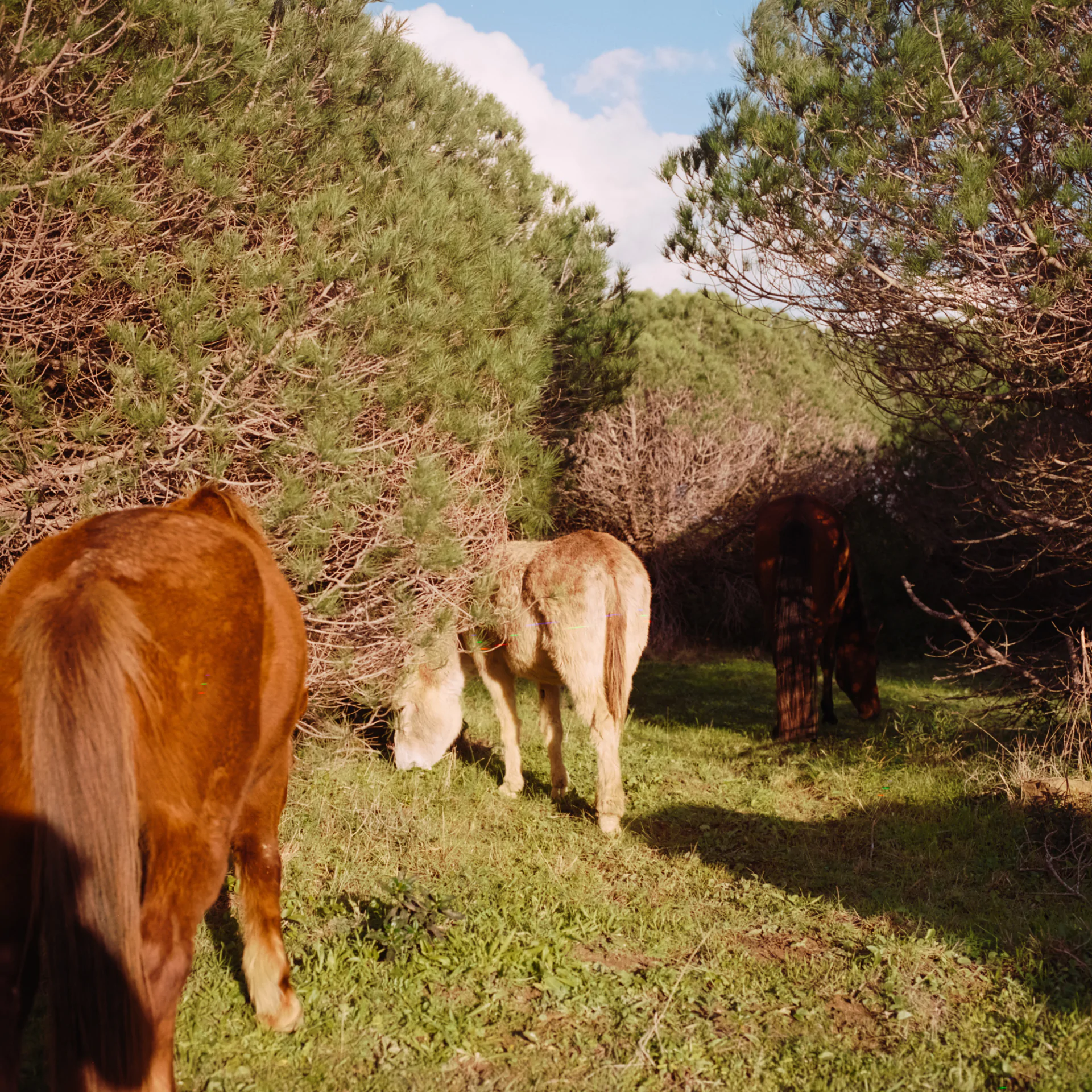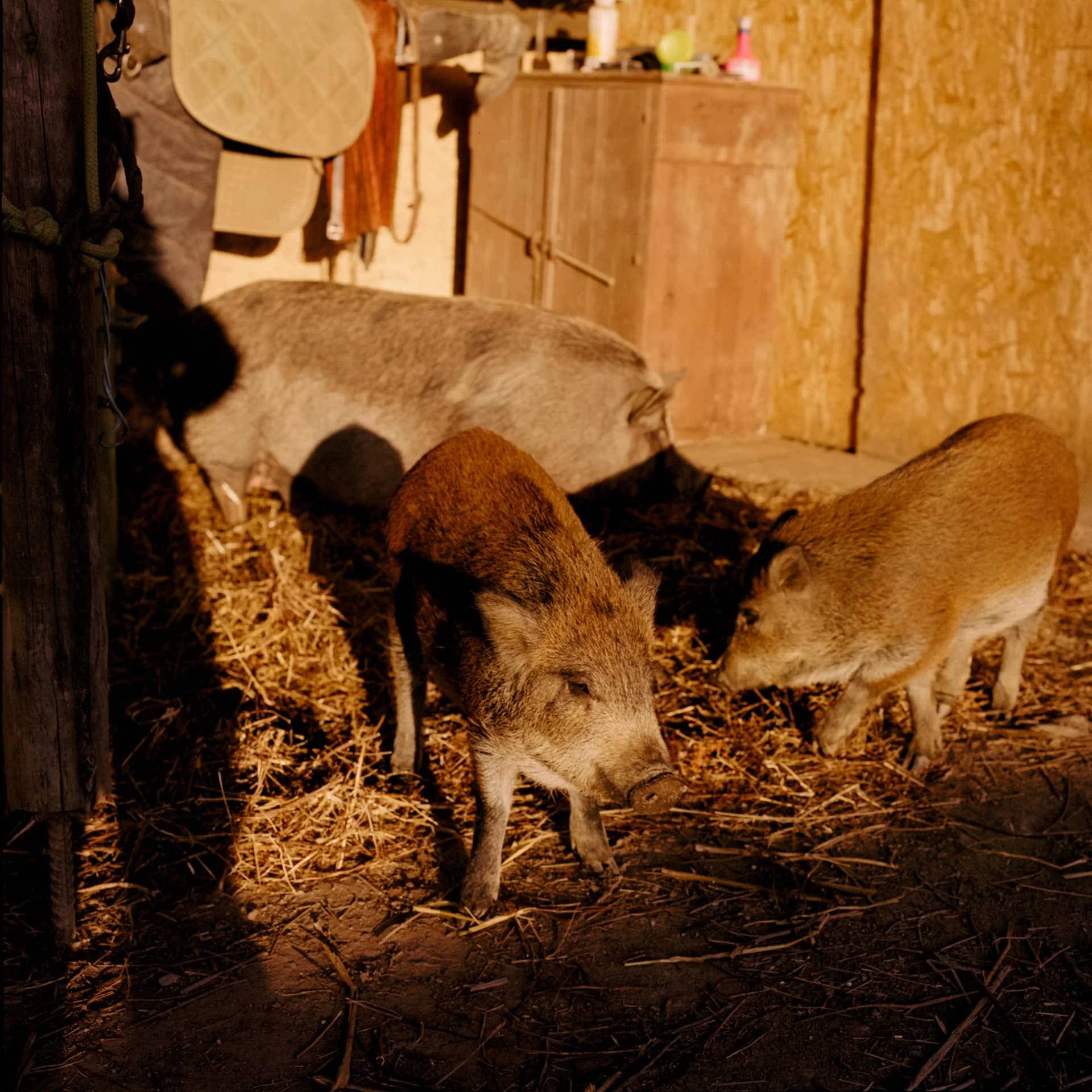Rosior Jewels, Artisanship for The New York Times Style Section - Matilde Viegas
On sharing thoughts: the list of my best newsletters
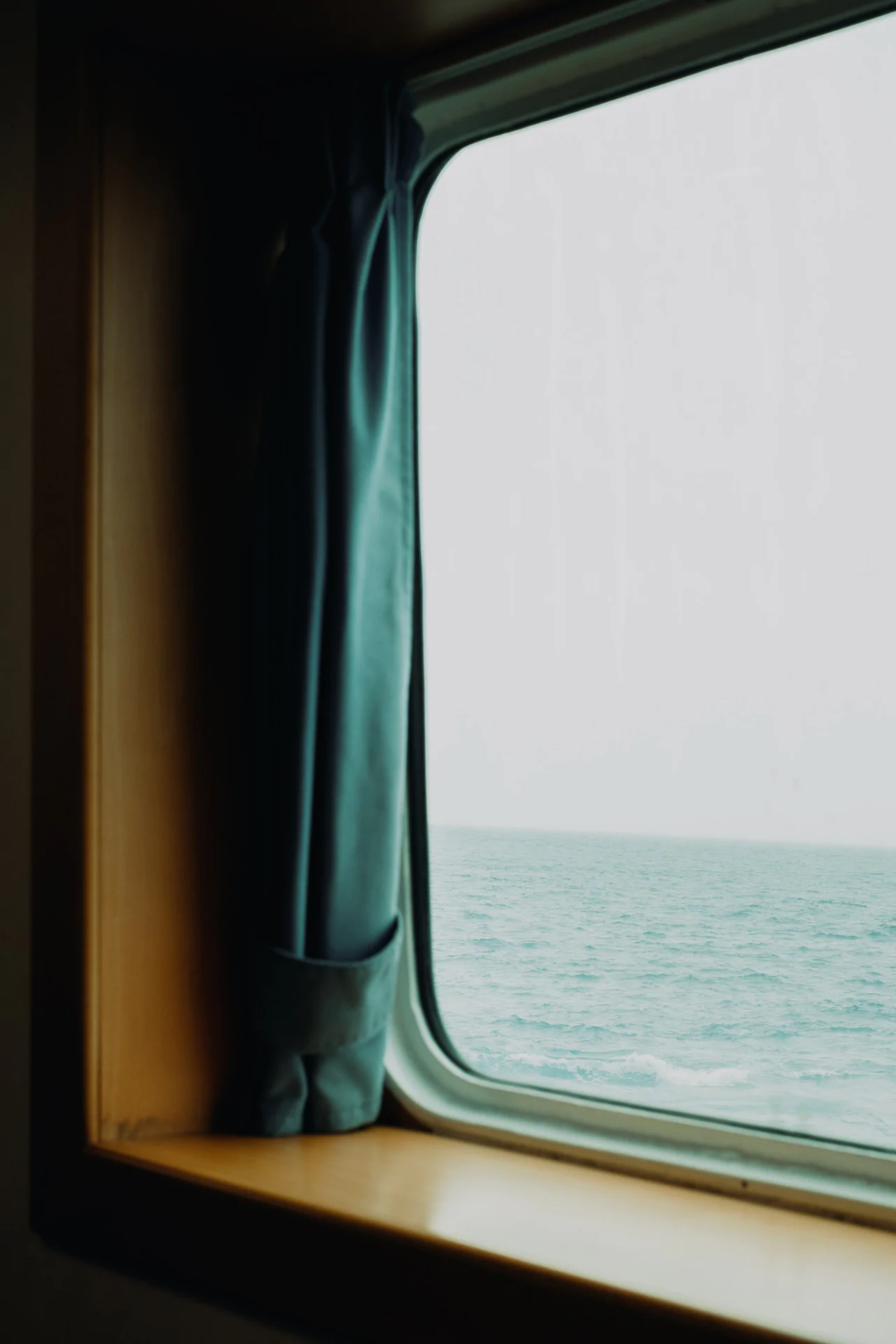
I began writing newsletters during the pandemic, structured ones, featuring photobooks and answering your questions.
But after a while, I missed the freedom of writing in whatever form I wanted. I gave up the sections, and follow my thoughts freely.
Writing is now a place where I share what I have in mind, what I experienced and what I’ve learned.
If you’re looking for inspiration and a new perspective on creative process, I got you! Check the links below.
Issue #2: On long-term projects and our parents no longer being just our parents.
Issue #4: On Nan Goldin and motivation to keep going.
Issue #5: Transitioning from a day job into a full time career in photography.
Issue #10: On representation and the power of photobooks to change lives.
Issue #11: What I wish I knew before starting out.
Issue #14: Advice for building a great website.
Issue #16: Bolo-Rei, curiosity and the need to question.
Issue #17: On trusting yourself no matter what.
Rosior Jewels, Artisanship for The New York Times Style Section

I’ve always wondered about jewellers.
How they go on about their day jobs looking through their microscopes, holding flaming tools and playing around with precious stones. At Rosior Jewels, a family of jewellers, they do just that, all by hand.
And so, in late March, The New York Times sent me to find out how that happens.
As I entered this busy workshop with dark blue walls, I was fascinated by this colourful world of endless creation.
Starting with plasticine, a putty-like modelling material similar to Play-Doh, Graça freely hand holds jewels, designing by tactile experience and colourful experimentation.
Hernani, the goldsmith, translates the experimental designs into gold jewels, ready to be covered in precious stones by the stonecutter Luís.
Read more at The New York Times.
Photo 1: Graça and Hernani at the workshop.
Graça tests the orientation of each of the pieces that go into the design.

Hernani replicates the plasticine model.
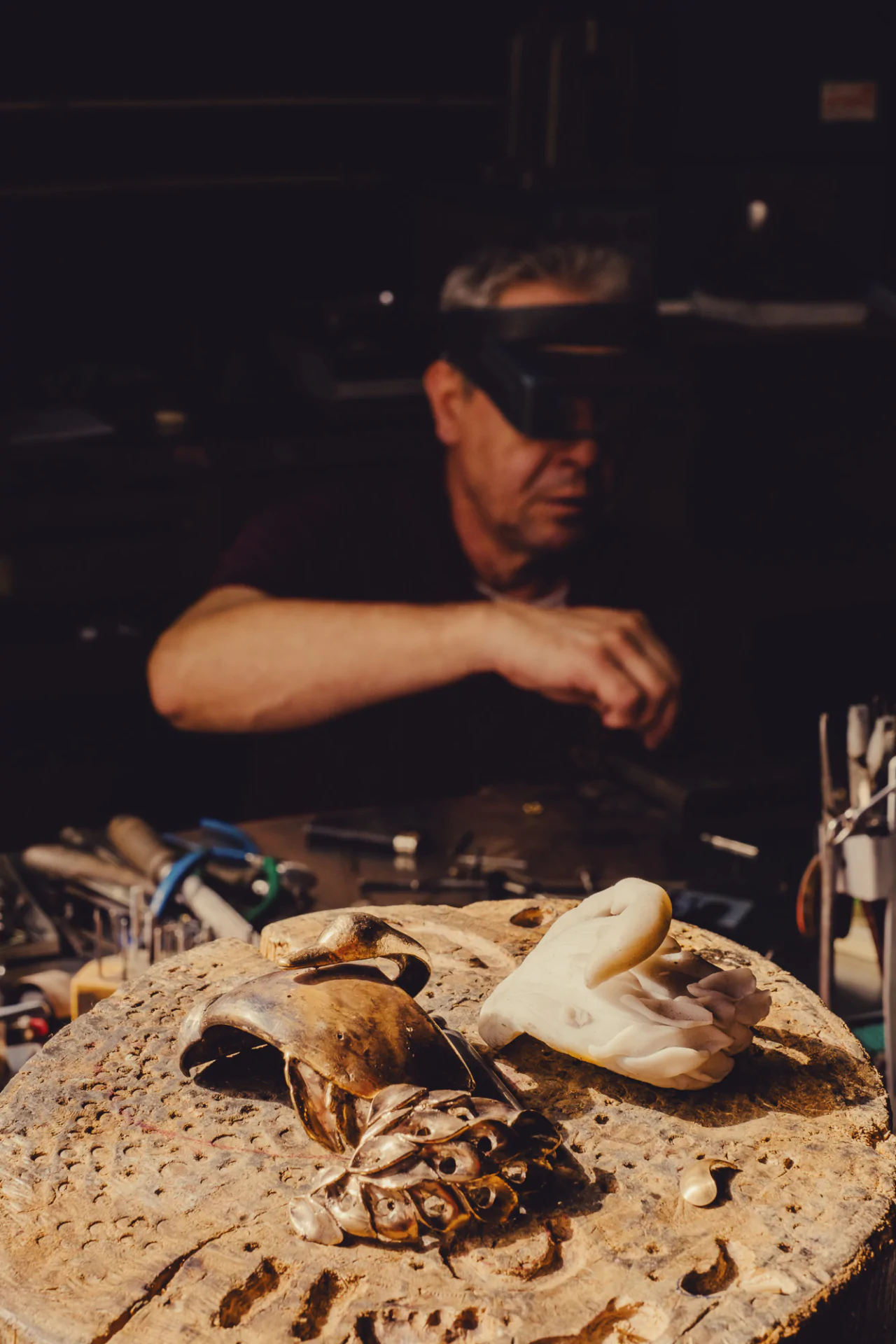
Finished pieces photographed at Rosior Workshop.

Flaming tools to melt the gold.
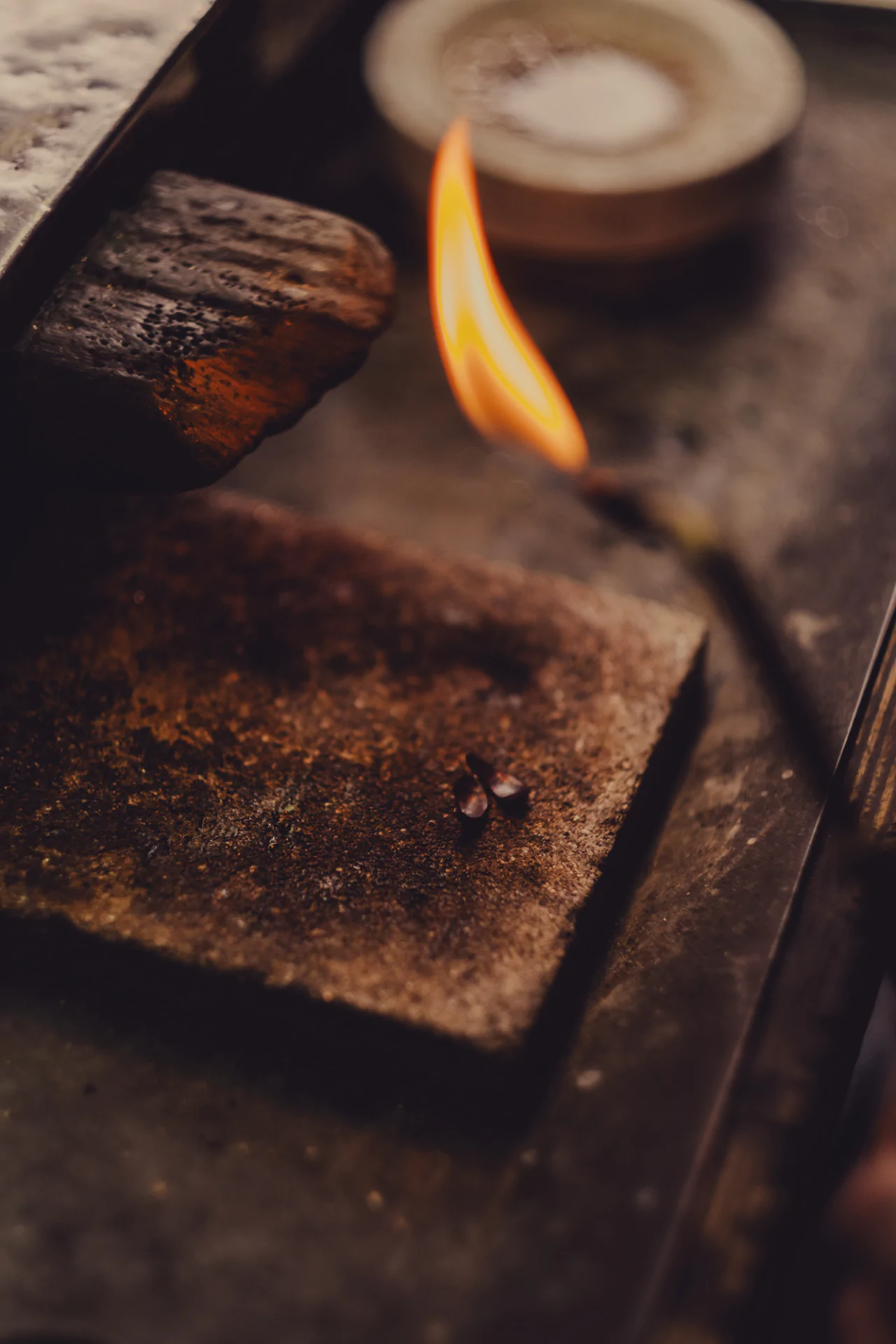
Stonesetter Luís setting diamonds using a microscope.

The view through the microscope, through which Luís looks to apply and set the diamonds.

The plasticine model, sketches and final piece.
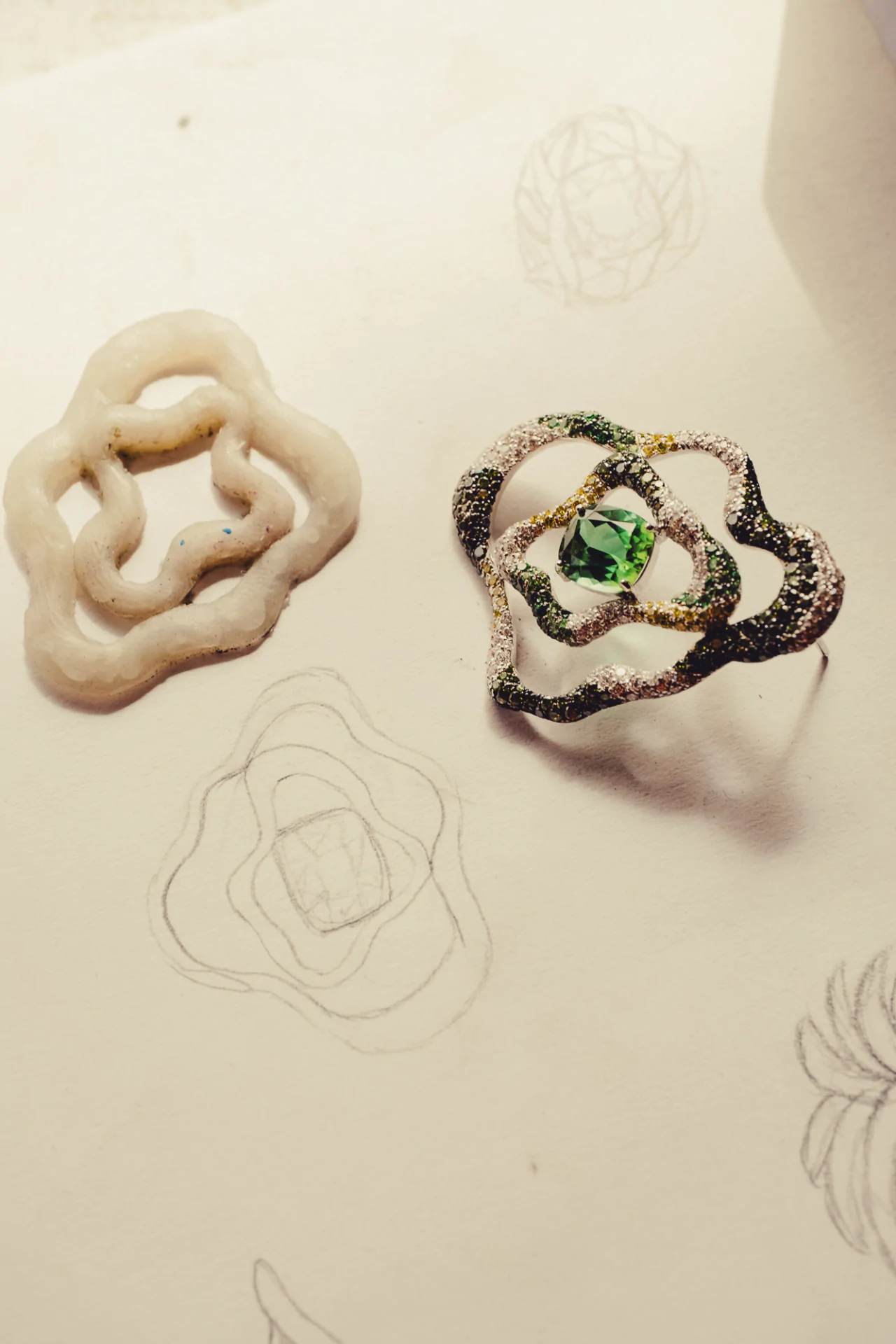
25 de Abril: Fifty Years of the Portuguese Carnation Revolution for Le Monde
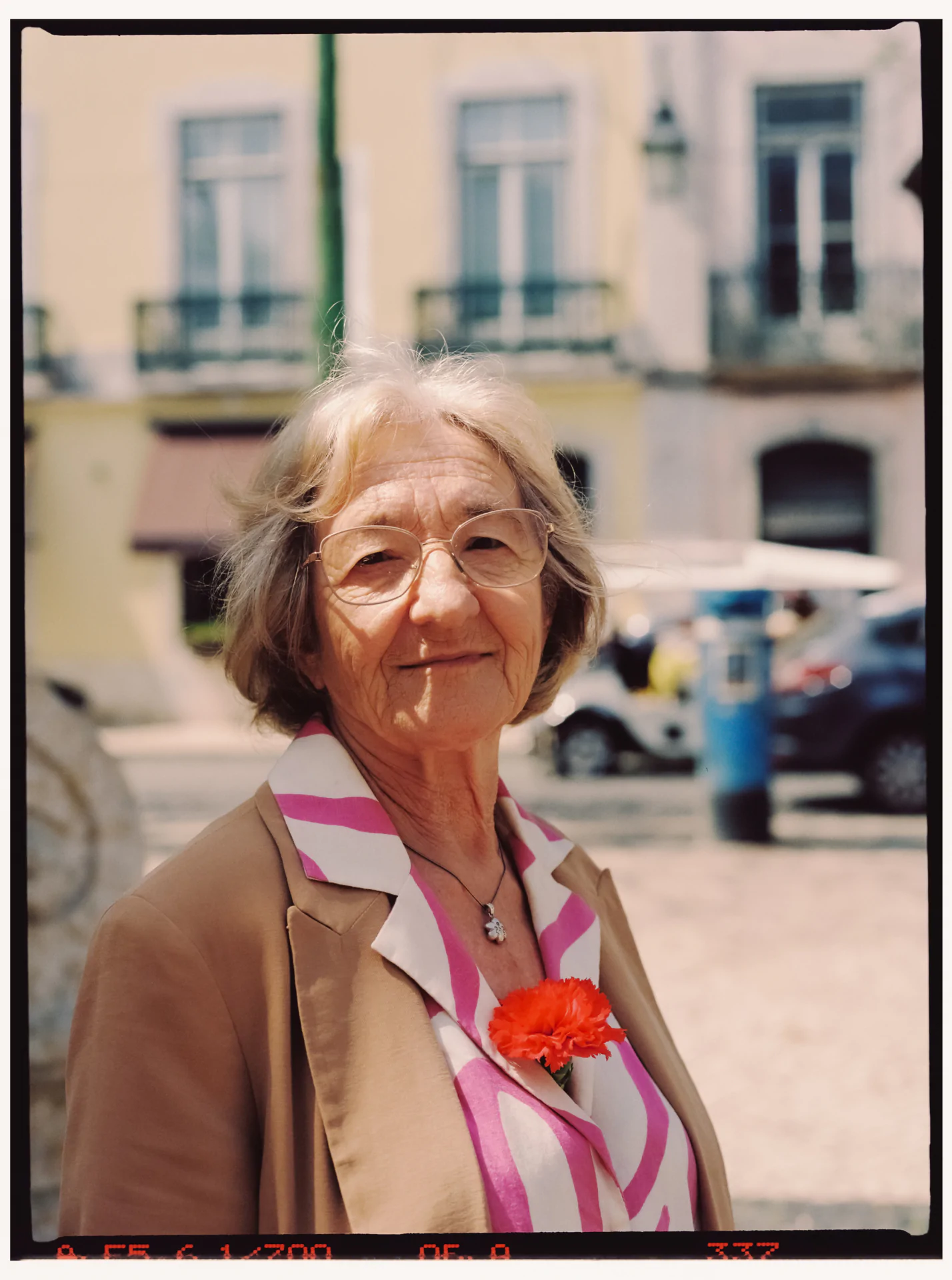
After an eventful week in late April, I got a call from Le Monde.
It was the week of the celebration of the fifty years since the Carnation Revolution which overthrew the dictatorship in Portugal. Throughout the country, carnations were showing up at cafés, building facades, in people’s pockets. It is a national symbol for our young democracy, a representation of freedom and, most of all, of collective power.
Le Monde wanted me to photograph three key individuals from the Carnation Revolution: Natércia Salgueiro Maia, widower of the Captain Salgueiro Maia, Coronel Vasco who started the plans within the military, and the journalist Adelino Gomes, who reported it all on April 25th, 1974.
That week, the song Grândola Vila Morena echoed, played loudly in speakers across Lisbon.
Back in 1974, that was the song played on the radio as a code for the revolution to start. A strong, rhythmic chant that reminds us all for the need of collectiveness and willingness to change.
_
Photo 1: Natércia Salgueiro Maia
As I met the people responsible for the Revolution that defined my life, I couldn’t stop myself from crying with gratitude for their willingness to dream of a different future.
Read more at Le Monde, words by Raphaëlle Rérolle.
_
Photo 2: View of Largo do Carmo, where the Carnation Revolution took place in April 25th, 1974.

Photo 3: Adelino Gomes, the Journalist that reported and broadcasted the Revolution live on the radio.

Photo 4: Archive photograph of Salazar’s portrait behind removed by the Military after the Revolution.

Photo 5: Coronel Vasco Lourenço, one of the militaries responsible for the Revolution.

Photo 6: A bouquet of fifty Carnations as a symbol of the 50th Anniversary of the 25 de Abril.
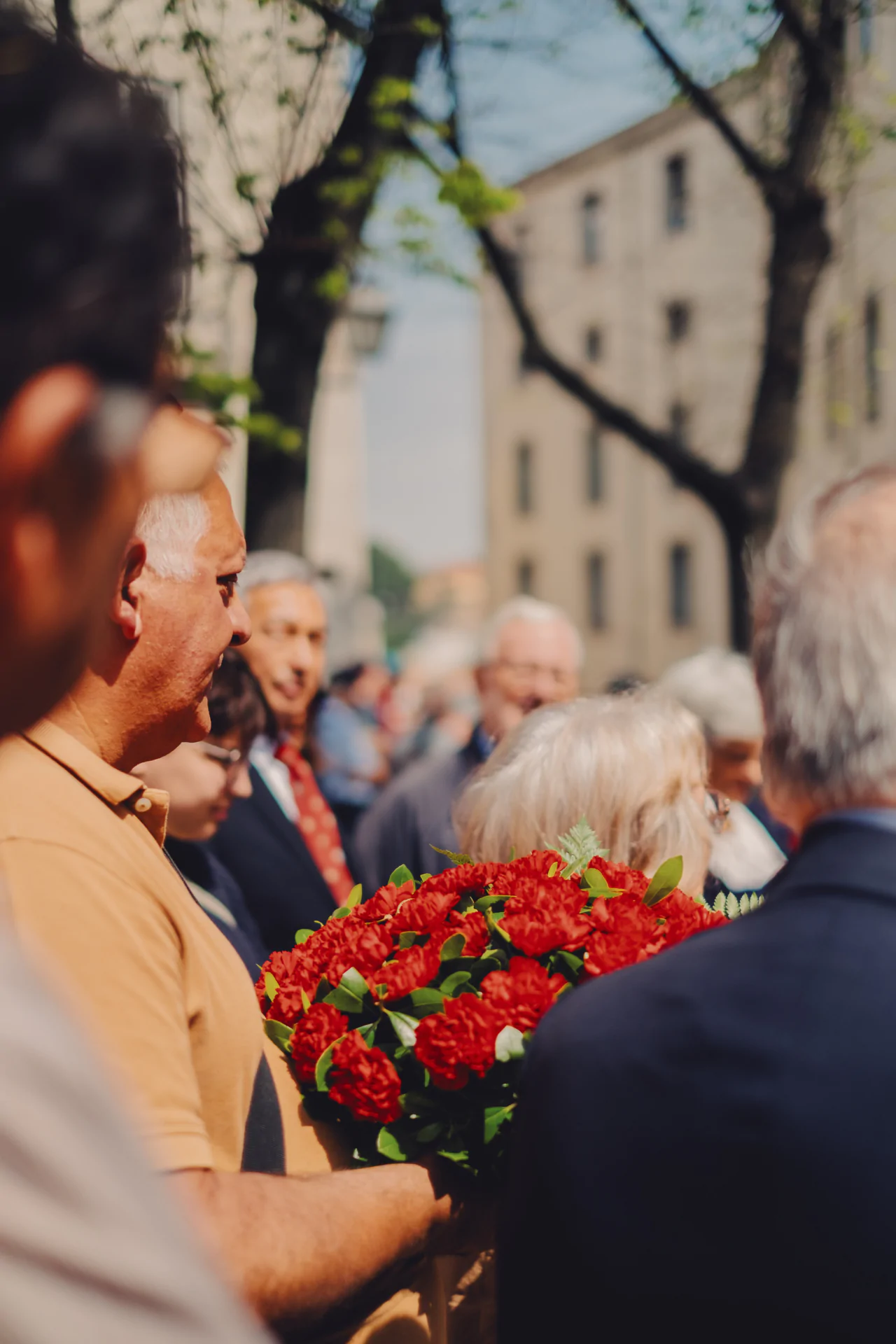
10 things I wish I knew before starting out as a Freelance Photographer
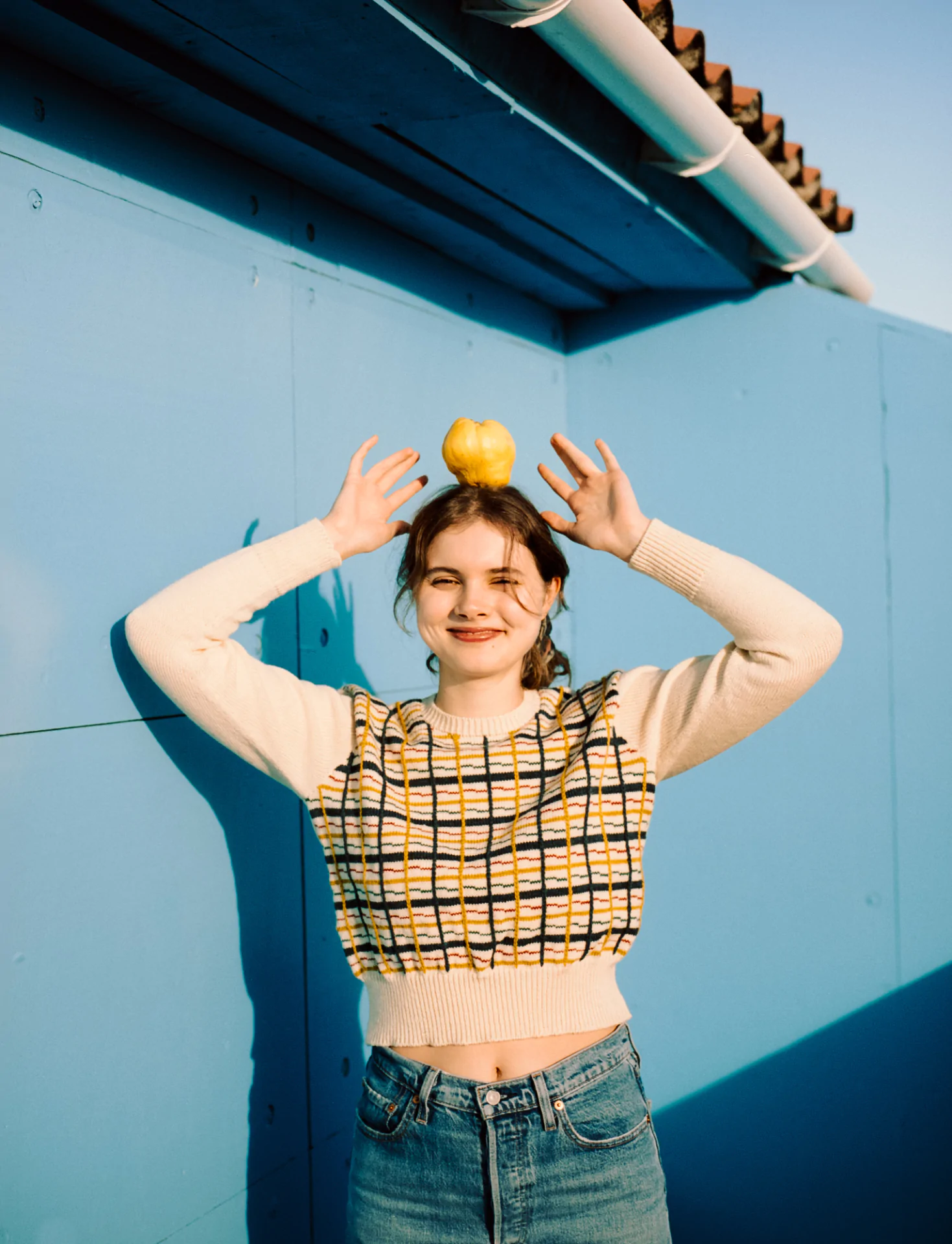
As you start out your career as a freelance photographer, you’ll need all the advice you can get.
In the spirit of giving, here’s a short and sweet list of 10 things I learned in the past 14 years of making photographs. Well actually the list should be called: 10 things I wish someone had told me when I first started.
1. Start simple. One camera and one lens are enough. For an entire decade, 90% of my work was made with a single 50mm lens. This allowed me to focus on everything else besides the gear while learning to use the camera as an extension of myself.
2. You don’t need to study photography to be a successful photographer. Go ahead and study something else besides photography, broaden your horizons. I assure you those skills will come in handy.
3. Aim to be in as many diverse situations as you possibly can. This will teach you boundaries, how to work with discomfort, it will test your skills, and it will clearly tell you what you like and don’t like. Being able to say no is a skill, remember that.
4. You’re not working for that shiny magazine cover, you’re building an archive. With everyone else sharing their work and successes online, it’s easy to lose track of what you want. When you feel lost, tune in. Then, write your values down in post-it notes and keep them nearby. Your archive will speak volumes in decades time.
5. Surround yourself with people who support you and your work. Being an artist is an extremely vulnerable job. There’s a lot of self-judgement and doubt involved, plus you’ll have to deal with others’ opinions of your work. Take criticism with a grain of salt while nurturing the relationships that make you feel good and valued.
6. Have a life besides photography. I know how obvious this may sound but for the sake of your sanity and health, please, have a life besides photography. Having goals that don’t depend on your work as a photographer will offer you a sense of control. There’s joy to be had in life, don’t forget that.
7. Your body is a tool. Keep it clean, fully-functioning and moisturised. I remember years ago Michelle Groskpf told me she started weight lifting so she could better endure the long hours of work as a street photographer. I took her advice and began strength training. And now I’m telling you to do the same – work!
8. Have a uniform for work. I learned this from Anastasia Taylor-Lind who packs the same items of clothing every time she travels for work. Even though I’m not a war photographer like Anastasia, I like to think of practicality and comfort whenever I dress or pack for your work. I assure you don’t want your crisp white shirt getting in the way of making your best work.
9. Give back. Send photographs to those who were willing to be in front of your camera. Give them time and attention. Share something personal about yourself. Hug people!
10. Don’t be afraid to support others. Despite what we’re told, there’s plenty of room for all of us in the industry. Collaborate, make friends who are also photographers, share your shortcomings, talk about money, ask stuff. Help each other out – that’s how everyone wins.
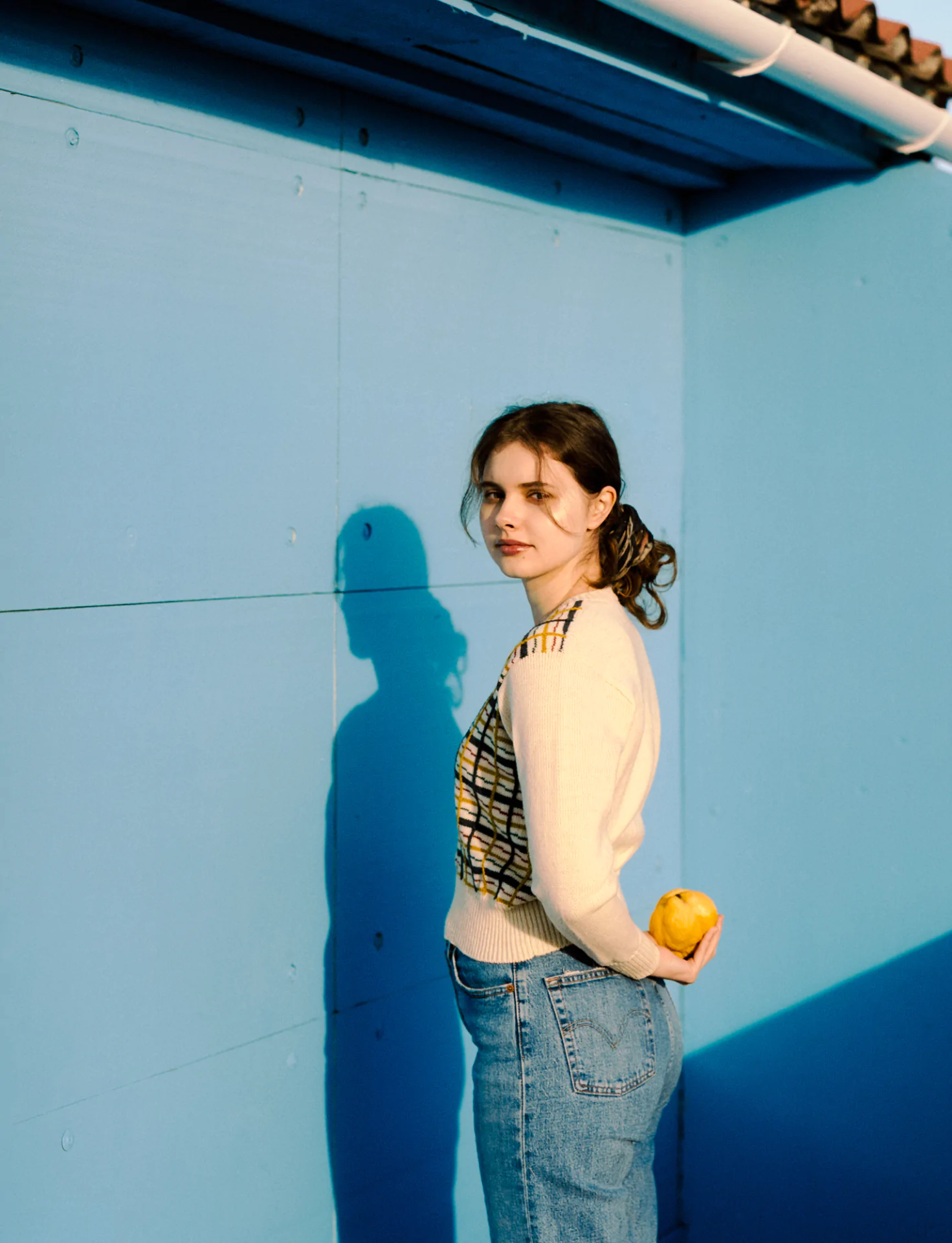
My Domestika Course “Intimate Photography: Capture Emotive Portraits”
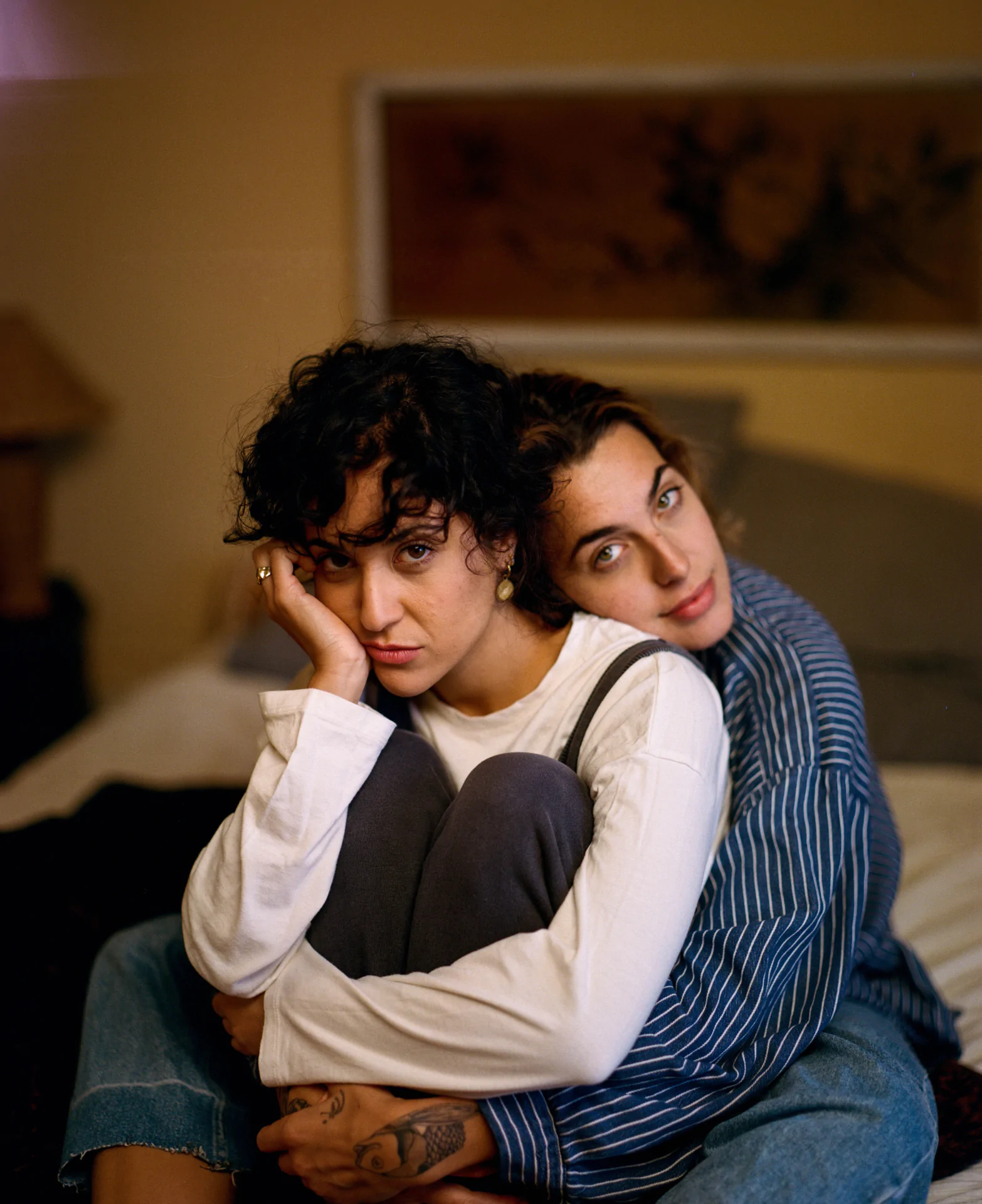
For so long I wanted to share with you what I learned over the years. I had planned to one day start doing workshops but they all have limitations – budget, travel, timings, etc – that led me to always question myself: is it really the best medium? Should I instead become a teacher? Do occasional masterclasses=
Mid-July 2021, Domestika reached out to me with a proposal: you can teach whatever you want, and we’ll produce it.
For over a year, I researched, wrote scripts for each of the lessons, listed all of the actionable advice I could think of for being a freelancer, and dug deep into my library for the books that have been pillars in my creative path.
Fast forward to September 2022, I flew to their studios in Madrid and began a week of recording classes, sharing my favorite photobooks, and photographing while in a room with a 15 people crew behind me.
The end result is my course “Intimate Photography: Capture Emotive Portraits” – 2 hours split into 14 classes, plus 20 resources (references, links and pdfs) to help you along your journey. The course is built around a “study case”: I plan a session with a couple (the beautiful Lola and Claret) at their home, with their two lovely cats.
It’s been so special to read your reviews and seeing the reach of photography. The feedback has been so incredible and I can’t thank you all enough for it!
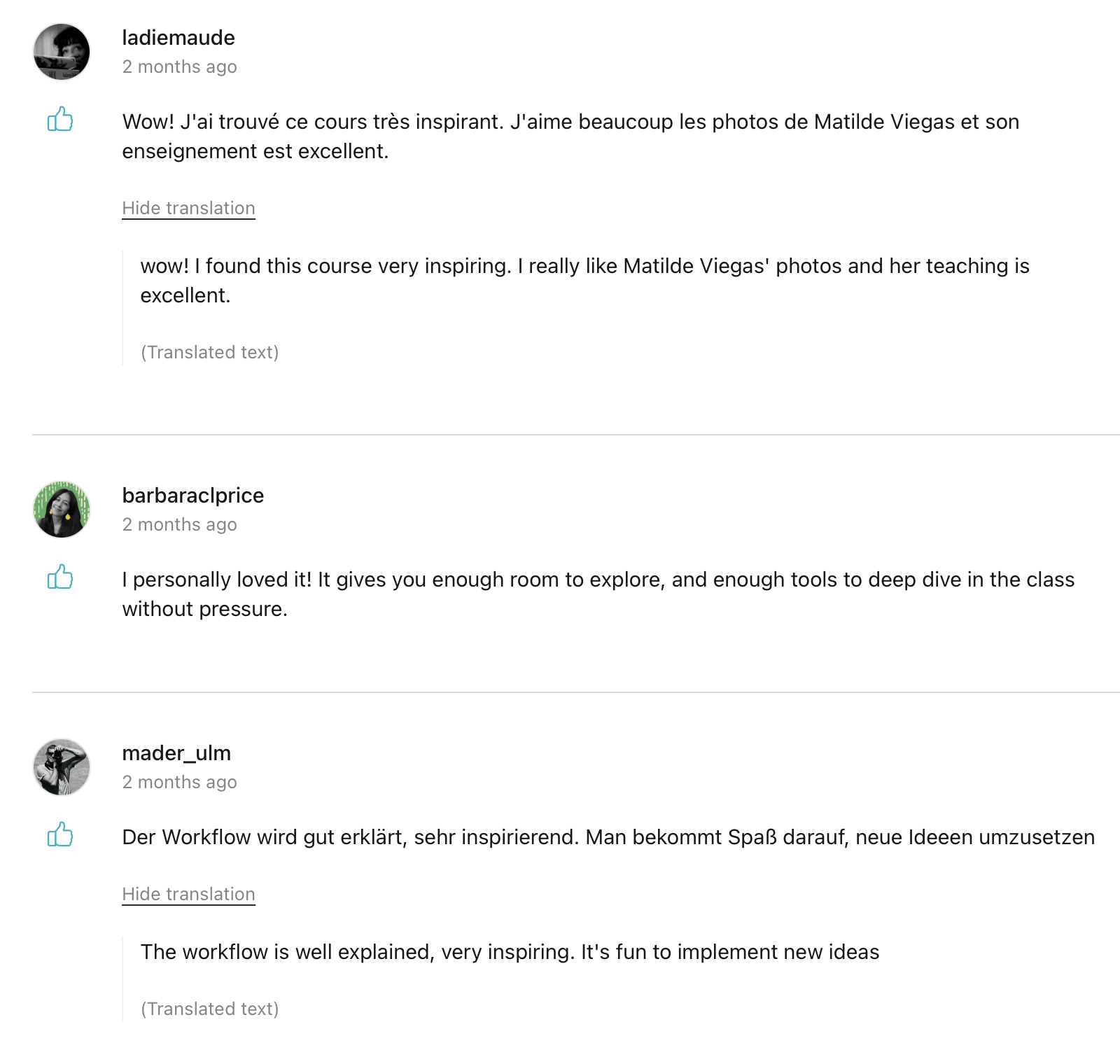
A Farm in Southern Portugal photographed with the Hasselblad
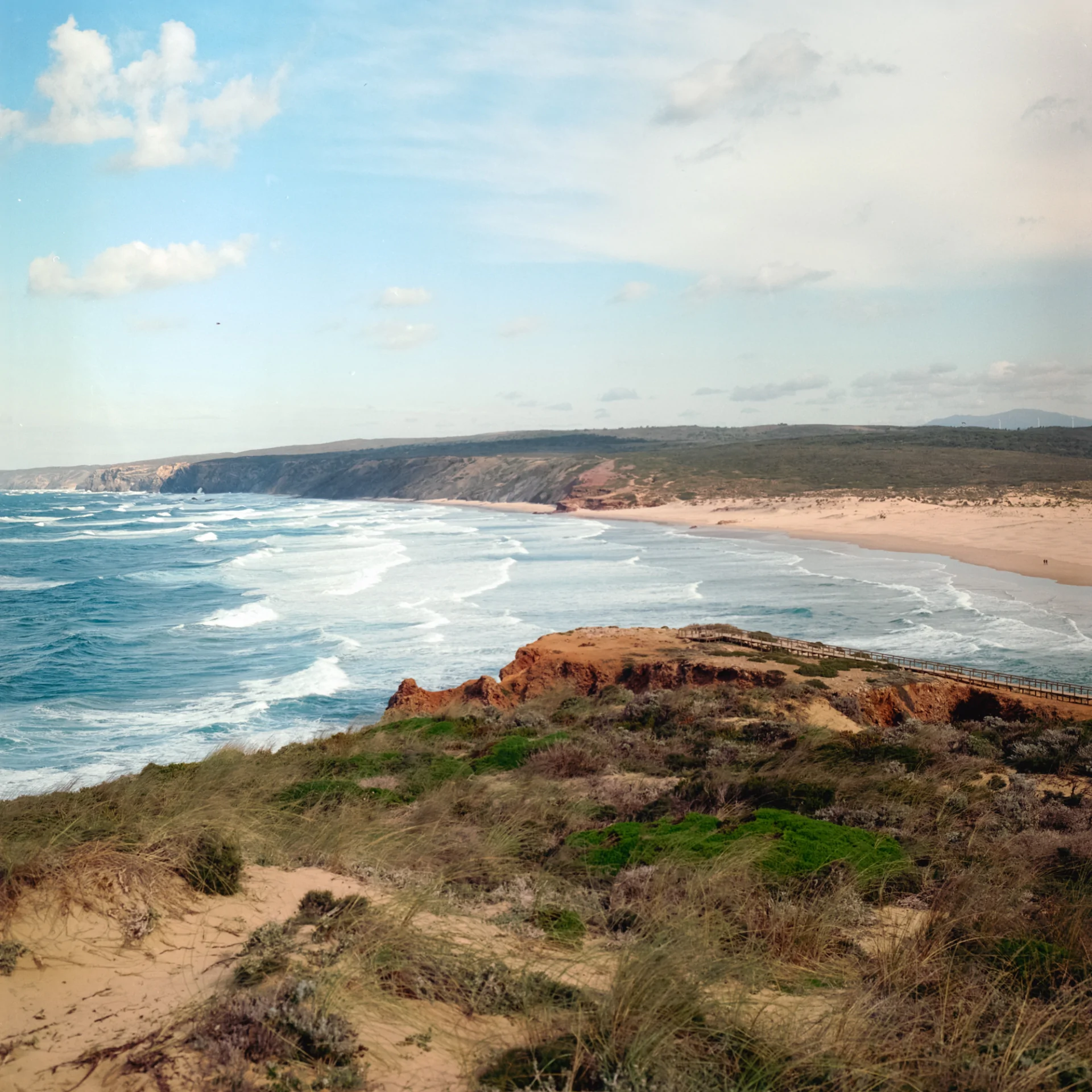
In January 2021, the photo editor Lara Huck sent me on assignment to Southern Portugal for Die Zeit. On a whim, I packed my medium format Hasselblad camera at the last minute.
I was tasked with photographing the wilderness of the landscape, where land meets the Atlantic Ocean, and an emerging group of individuals who were involved in preserving the land while promoting a sustainable approach to agricultural and eco tourism in Algarve.
In one of our stops, we met Nídia, a woman who runs a farm all by herself.
There are chickens, hogs, cats, geese and horses, no fences to be seen which means that the animals are free to roam. Nídia believes we must not “own” anything or anyone, and the same applies to the animals she cares for.
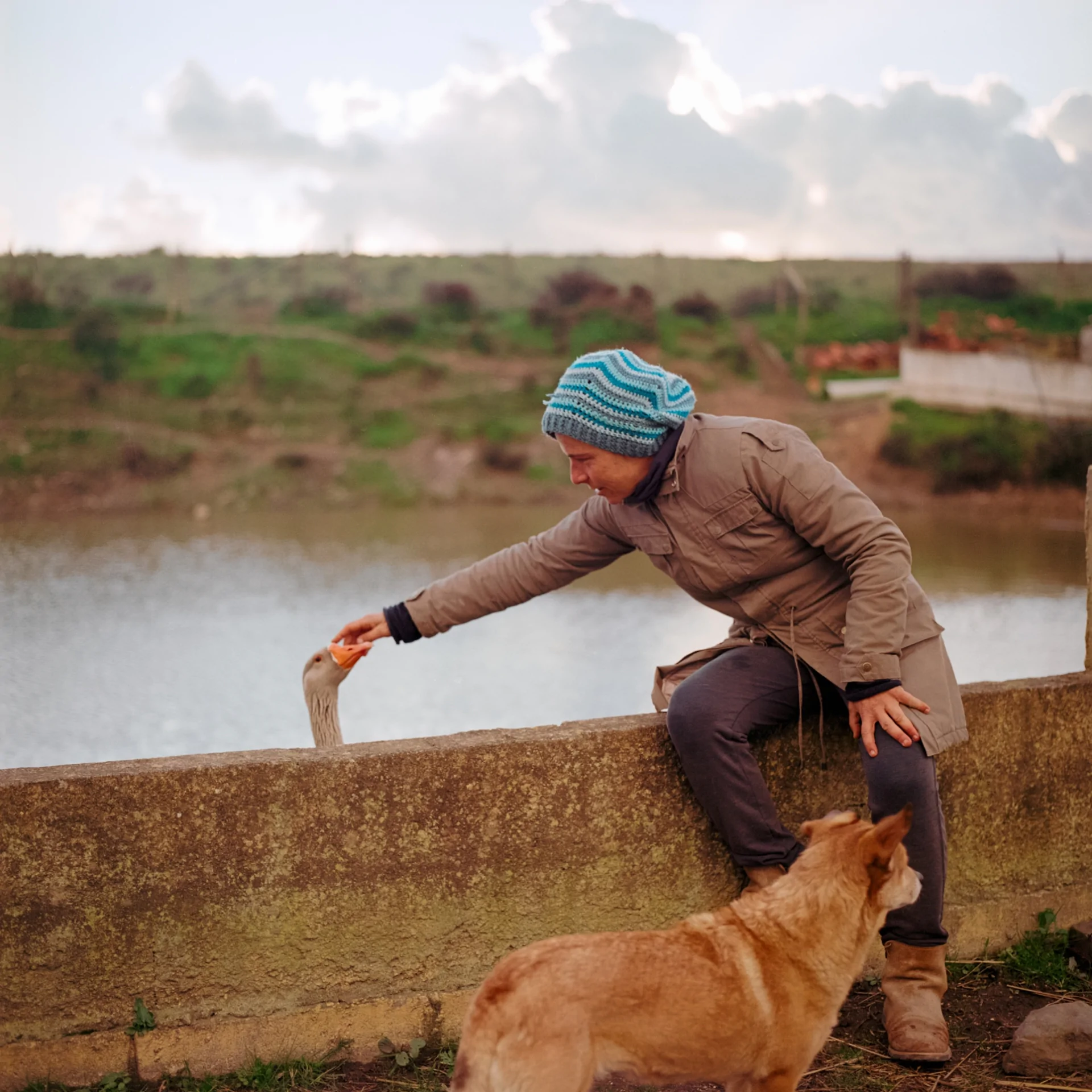
One of her sows made her way to a nearby park and has lived there ever since. Passersby stop by to feed it.
It’s given birth to nine hogs who now live there too. This family has become the park’s landmark, and every single day someone will show up with food for them. There is even a Facebook group about them, I was told. When I visited the park, I saw this woman, phone in hand, filming the hogs as they feasted on the food she had just brought.
